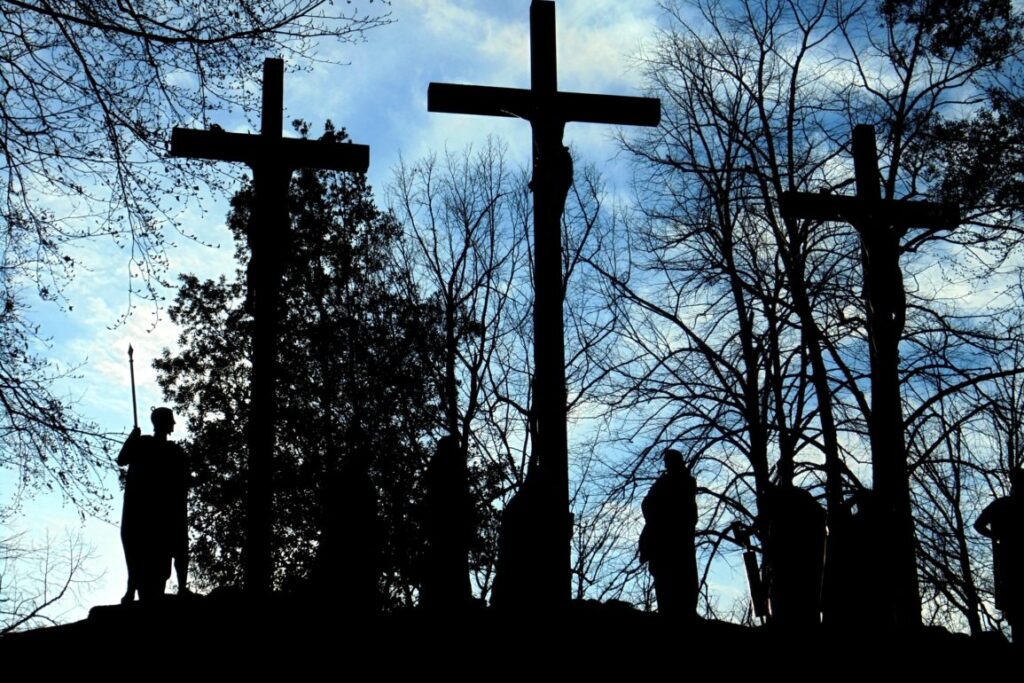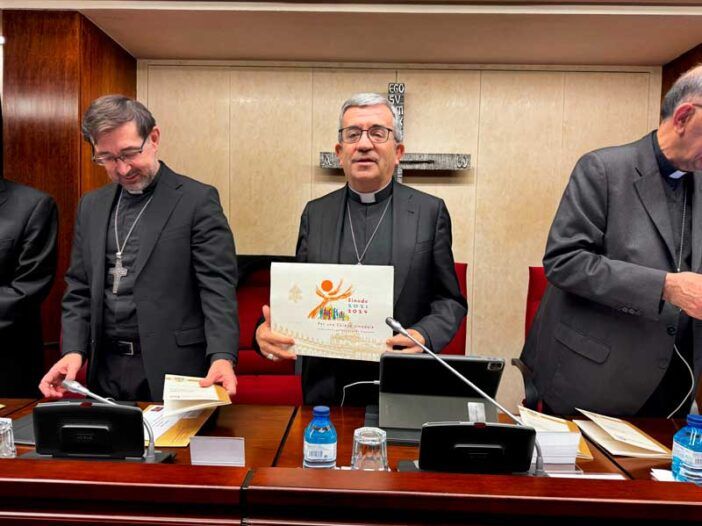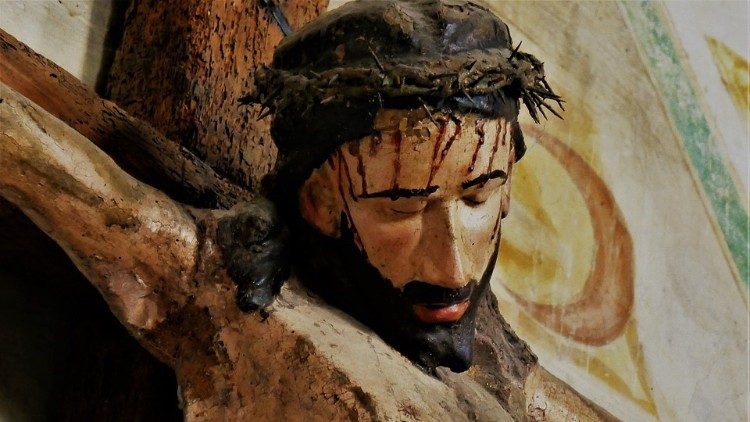Good Friday, passion and death of Christ
Passion and death of Christ

Mr. Alejandro Vázquez-Dodero shares with Exaudi readers an article about the solemnity of Good Friday, in which the passion and death of Christ is commemorated.
***
Passion and death of Christ
It could be said that it is the culminating moment of Holy Week, as soon as the event that is commemorated occurs: the death of God in rescue of Humanity.
That is why Good Friday is a day that revolves around the cross, a day of penitence. Since the 3rd century, there is evidence of the practice among Christians of fasting on Friday and Saturday before the Easter Vigil. This is reflected in the so-called Apostolic Traditio of Saint Hippolytus and the Didaskalia Apostolorum.
It will be from the 4th century onwards that the first liturgical celebrations of the Passion of the Lord begin to be experienced in Jerusalem. In its beginning, it was a day dedicated to itinerant prayer: the faithful moved from the Cenacle to Golgotha, where the bishop presented the wood of the Cross for its veneration. While the attendees read the sacred scripture in its references to the Passion, and psalms were sung and various prayers were recited.
Absence of the Eucharist
The Church does not celebrate the Holy Mass on this day, that is, there is no Eucharistic liturgy or consecration of bread and wine.
The liturgy of the word is observed, with the complete reading of the passion of the Lord and the universal prayer, which takes on a special significance on this day, since the death of Christ represents a universal redemptive gesture.
The entire liturgy focuses on the mystery of the Cross, and takes place with great sobriety, as shown by the fact that liturgical music is not permitted, to facilitate meditation and contemplation of the passion of the Redeemer.
Adoration of the Cross
In the liturgical celebration of Good Friday, the rite of adoration of the Cross stands out, which is presented to the people of God by reciting the prayer “Look at the tree of the Cross, where the salvation of the world hangs.” The attendees respond by worshiping and kissing the Cross.
At the end of the community celebration, the altar is left bare, without ornamentation, as a sign of mourning, because Jesus Christ has died for us. Only the Cross remains evident, as a redeeming sign.
Live better on Good Friday
Fasting and abstinence are planned for that day. In addition, a special collection is promoted to raise funds for the maintenance of the holy places in the Holy Land.
The morning of Good Friday can be dedicated to visiting the Monuments, that is, the places adjacent to the temples where the Blessed Sacrament was reserved on Holy Thursday after the Mass in coena Domini.
In addition to worshiping the Lord and keeping him company during those hours of his passion – which is commemorated on Good Friday – it is a good time to approach the sacrament of God’s joy or forgiveness, Confession. It is not in vain that this sacrament is called “Penance”, and one of the conditions for a well-made confession is precisely the pain – penitent, and only of love – for sins, which can most easily be promoted on Good Friday.
The Church requires confessing mortal sins at least once a year. One more gesture of her motherhood, always looking out for the good of us, her children, Catholics. And what better time than Lent or the day when Jesus Christ died – Good Friday – precisely to free ourselves from sin?
Throughout the day, with great naturalness, we will try to be collected, avoiding dispersion and “noise”, so that this contemplation of the mystery of the death of the Son of God is possible, which, together with the Resurrection, is already about to happen. , will achieve the salvation of all of humanity.
Related

“The priest finds his reason for being in the Eucharist”
Fundación CARF
01 April, 2025
5 min

Family Valued: An international appeal for the family
Exaudi Staff
01 April, 2025
2 min

Bishop Luis Argüello Addresses the Challenges of the Church in Spain
Exaudi Staff
01 April, 2025
2 min

THE WAY OF THE CROSS: Accompanying Jesus on the way to the Cross
Luis Herrera Campo
31 March, 2025
5 min
 (EN)
(EN)
 (ES)
(ES)
 (IT)
(IT)

